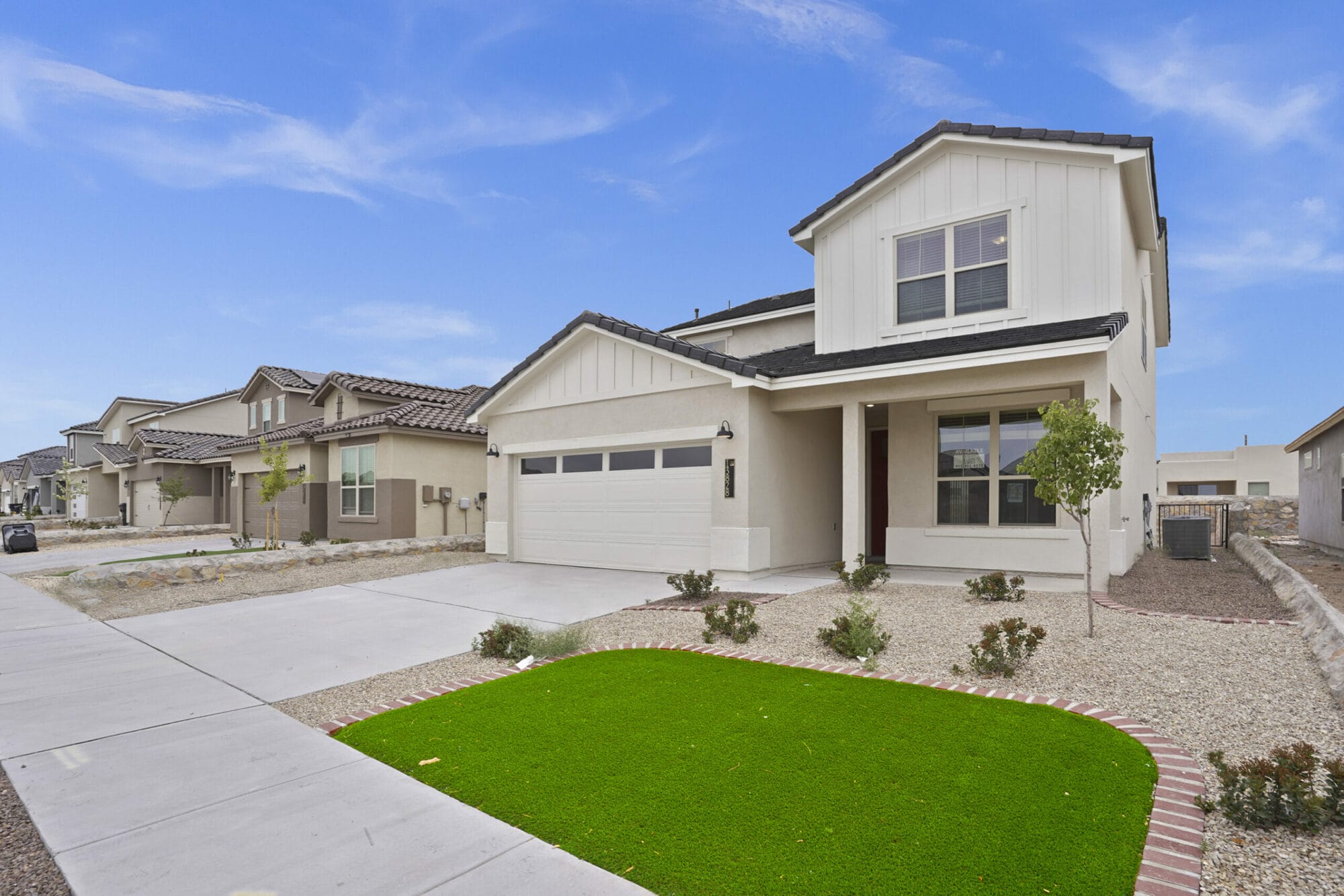Are you ready to take the plunge into homeownership? Grasping the different mortgage options available is the crucial first step in making a well-informed choice. This guide simplifies the most common types of mortgages, outlining their features and ideal candidates, so you can confidently select the right loan for your new home. Understanding the various mortgage types available is crucial when buying a home, as the right choice can significantly impact your financial future.

Comprehensive Guide to Mortgage Types: Understanding Your Home Financing Options
Navigating the world of mortgage types can be overwhelming for potential homebuyers. Understanding the various mortgage types available is crucial when buying a home, as the right choice can significantly impact your financial future.
Types of Mortgage Loans
When exploring mortgage types, borrowers have several key options to consider:
1. Conventional Mortgages
* Fixed-rate mortgages
* Adjustable-rate mortgages (ARMs)
2. Government-Backed Mortgages
* FHA loans
* VA loans
* USDA loans
Fixed-Rate Mortgages: Stability You Can Count On
Fixed-rate mortgage types provide stability with consistent monthly payments. These mortgage types are ideal for buyers who prefer predictable budgeting and long-term financial planning.
– Interest rate remains unchanged for the entire duration of the loan
– Common terms include 15 and 30 years
– Monthly payments are consistent, making it easier to budget
Pros:
– Predictable payments throughout the loan’s life
– Protection against rising interest rates
– Simplified long-term financial planning
Cons:
– Typically higher initial interest rates compared to ARMs
– Less flexibility to take advantage of falling rates without refinancing
Adjustable-Rate Mortgages (ARMs): Flexibility with Potential Savings
Adjustable-rate mortgage types feature interest rates that can change periodically, potentially offering lower initial rates but with more financial uncertainty.
– Begin with a fixed rate for a predetermined period (usually 3, 5, 7, or 10 years)
– Rate adjusts periodically based on market conditions after the initial term
– Often referred to as 5/1 ARM, 7/1 ARM, etc.
Pros:
– Lower initial rates and payments
– Possibility of reduced payments if rates drop
– Suitable for those planning to relocate or refinance in a few years
Cons:
– Potential for increased payments if rates rise
– More complicated to comprehend and forecast long-term expenses
Conventional vs. Government-Backed: Exploring Loan Sources
The source of your mortgage can greatly influence its terms and how accessible it is.
Conventional Loans: Traditional Financing Options
Conventional loans are not insured by the government and fall into two primary categories:
– Conforming loans: These adhere to the guidelines set by Fannie Mae and Freddie Mac.
– Non-conforming loans: These exceed those limits and are often referred to as jumbo loans.
Key features:
– Generally require higher credit scores.
– Down payments typically range from 3% to 20%.
– Private Mortgage Insurance (PMI) is necessary for down payments under 20%.
Government-Backed Loans: Accessible Paths to Homeownership
These loans are insured by government agencies, making them more accessible:
– **FHA Loans**
– Backed by the Federal Housing Administration.
– Down payments can be as low as 3.5%.
– More lenient credit score requirements.
– **VA Loans**
– Available for eligible veterans, active-duty service members, and some military spouses.
– Often no down payment is needed.
– No PMI is required.
– **USDA Loans**
– Designed for rural and some suburban homebuyers.
– Eligible borrowers can secure these loans with no down payment.
– Income limits are applicable.
Specialized Mortgage Options: Tailored Solutions for Unique Needs
Jumbo Loans: Financing for High-Value Properties
– These loans exceed conforming loan limits.
– They usually require excellent credit and larger down payments.
– Commonly used in high-cost housing markets.
Home Equity Loans and HELOCs
– These allow you to borrow against your home equity.
– They can be used for renovations, debt consolidation, or other significant expenses.
– Home Equity Loans provide a lump sum, while HELOCs offer a line of credit.
Reverse Mortgages
– Available for homeowners aged 62 and older.
– They allow borrowing against home equity without requiring monthly payments.
– Repayment is typically due when the homeowner sells, moves, or passes away.
Selecting the right mortgage is an essential part of your homebuying process. Whether you value the predictability of a fixed-rate mortgage, the possible savings offered by an adjustable-rate mortgage (ARM), or require the support of a government-backed loan, there’s a choice that fits your requirements. Take into account your financial circumstances, future aspirations, and comfort with risk as you make your choice. Keep in mind that the ideal mortgage is one that matches your long-term homeownership objectives and financial peace of mind. A good next step is looking into getting prequalified on your new home.
Still have questions about which mortgage type is right for you? Want to discuss your unique situation? Reach out to Omar Lopez: Colorado Springs, CO Mortgage Loan Officer today! Don’t forget to share this guide with friends and family who are also on the path to homeownership!
